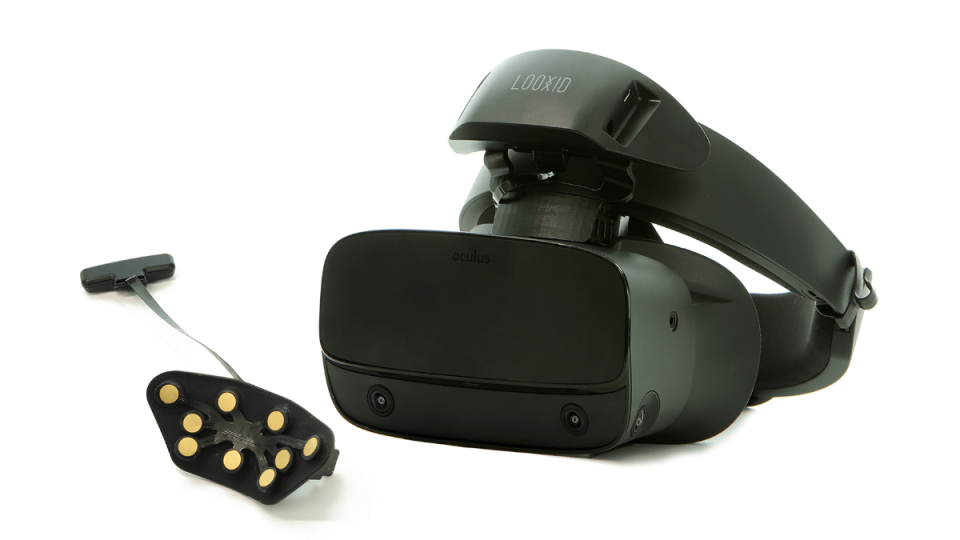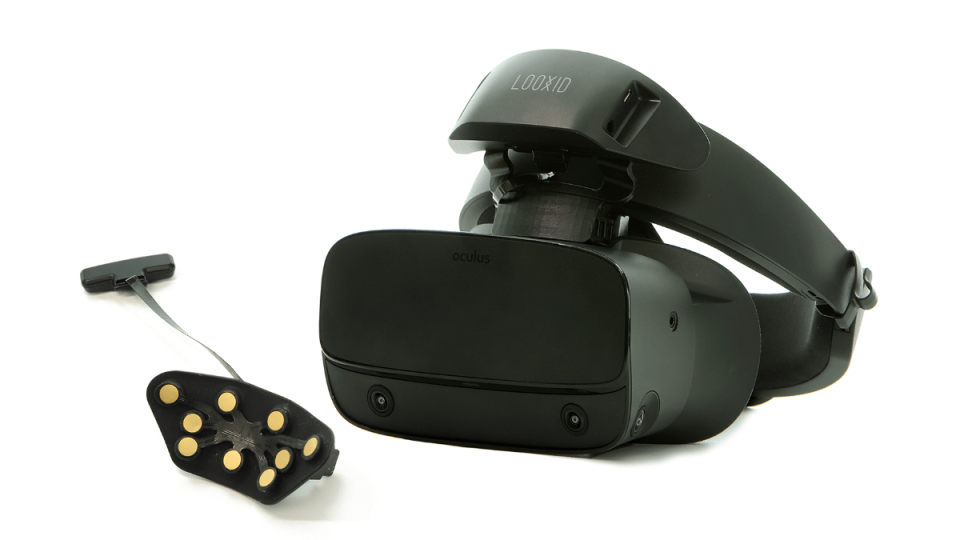Engadget has been testing and reviewing consumer tech since 2004. Our stories may include affiliate links; if you buy something through a link, we may earn a commission. Read more about how we evaluate products.
Looxid adapts its VR brain monitor for Oculus Rift S
The EEG attachment could help businesses and therapy patients.
Two years ago, Looxid Labs walked Engadget through a VR museum. A virtual display was pinned to the corner of the user's field of vision and contained real-time stats on his brain activity. At the time, the product seemed a little out-there, but it has matured considerably, and has some clear applications not just in the world of VR gaming, but also in business and health industries. The company revealed that the Looxid Link now works with Oculus Rift S using an EEG-equipped attachment -- and for an add-on, it looks surprisingly slick.
The attachment sits just above the goggles of the Oculus Rift S, allowing the nine EEG electrodes to make contact with the user's forehead. It looks like a natural fit -- the video shows the user dodging some enemy fire in a VR game and the unit doesn't wobble at all. The Oculus Rift S version seems to have some simple modifications from the currently available HTC Vive edition of the Looxid Link so that it better conforms to the shape of the goggles. The Vive versions cost $300, and while there's currently no price or release date for the unit, Looxid promises more details in a few weeks. The company planned to announce the product at SXSW before the event was cancelled.
While the Looxid Link may seem like a gaming accessory at first glance -- and it could certainly be used to modify a game based on the player's emotions -- the company hopes that businesses and healthcare providers leverage the brain-sensing technology, too. For example, a car manufacturer could have focus group members wear a Looxid Link to get a more objective reaction to a product. Therapists could use the VR add-on to create a less stressful take on exposure therapy while also better understanding the patient's reactions. It seems like these ideas could take a while to catch on, but by integrating its product with several popular VR headsets, Looxid Labs is making it easier for developers and researchers to take the first steps toward creating new applications.



